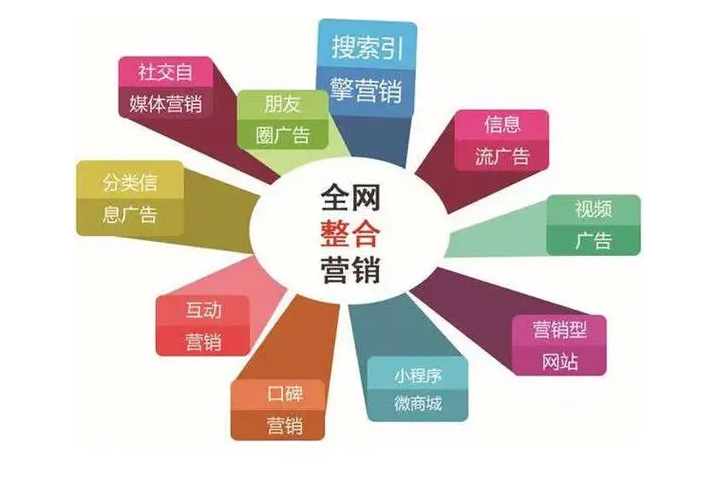In today’s competitive landscape, businesses must allocate their marketing budgets strategically to maximize ROI. Omni-channel marketing has emerged as a critical approach, but budget benchmarks vary significantly by industry. Understanding these differences ensures smarter spending and better results.
Retail: Balancing Digital and Physical Spend
.jpg)
Retailers typically allocate 20-30% of their marketing budget to digital channels, with the rest split between in-store promotions and traditional media. E-commerce brands often invest more heavily in paid social and search ads, while brick-and-mortar stores prioritize localized campaigns. The key is aligning spend with customer touchpoints.
Healthcare: Prioritizing Trust and Education
Healthcare providers dedicate 15-25% of their budgets to omni-channel efforts, focusing on content marketing and patient education. Email nurturing and SEO dominate digital spend, while offline channels like community events remain vital for building trust. Compliance and personalization drive ROI in this sector.
Finance: Compliance Meets Personalization
Banks and fintech firms allocate 25-35% of budgets to digital, emphasizing secure, personalized messaging. Chatbots, retargeting ads, and AI-driven recommendations are high-priority investments. Offline spend often includes high-touch customer service and educational seminars to reinforce credibility.
Manufacturing: Driving B2B Engagement
Manufacturers spend 10-20% on digital, with a strong focus on LinkedIn, webinars, and account-based marketing. Trade shows and whitepapers remain critical offline investments. The goal is nurturing long-term B2B relationships rather than quick conversions.
Key Takeaways for Budget Optimization
Benchmarks provide guidance, but the best allocation depends on your audience and goals. Regularly track performance metrics like CAC and CLV to refine spending. Test new channels incrementally, and always tie investments back to measurable outcomes.
By leveraging industry-specific omni-channel benchmarks, businesses can fine-tune budgets for higher efficiency and stronger returns. The right mix evolves with market trends—stay agile to maintain a competitive edge.

.jpg)
.jpg)
.jpg)
.jpg)
.jpg)